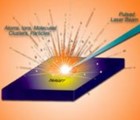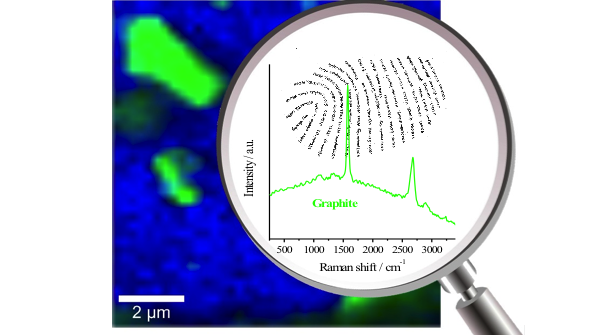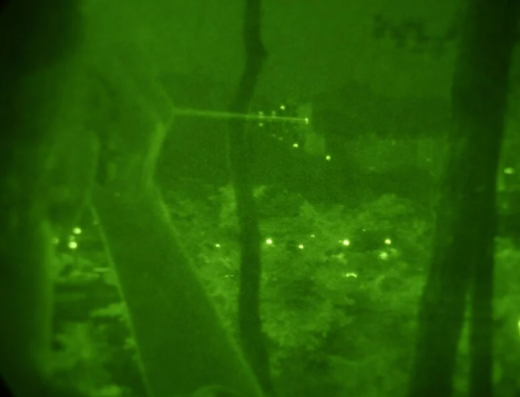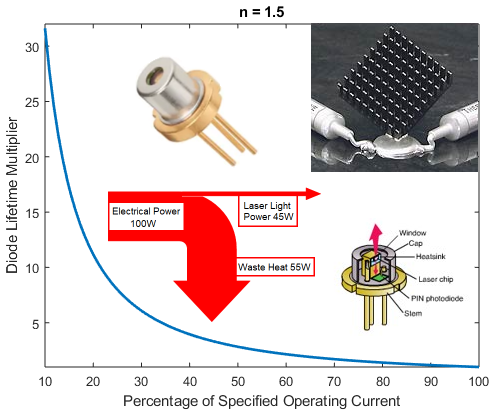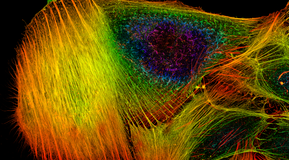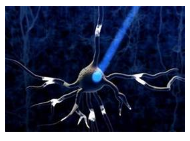Laser Induced Breakdown Spectroscopy (LIBS) in Biomedical Applications
The popularity of laser induced breakdown spectroscopy (LIBS) has been rapidly growing since its introduction in the 1960s, and is now used in industrial, military, scientific, and medical applications. Nowadays LIBS is rapidly becoming an indispensable tool for elemental analysis and is generally viewed as a complementary technique to other elemental methods such as mass spectrometry. Within the medical field, LIBS can be used for analyzing hard/calcified tissues, soft tissues, biomedical specimens; as well as disease detection and even during laser-guided surgery. In this application note, we will explore these uses of LIBS in the medical/biomedical application space, by taking a look at some of the common applications as well as both laser and system requirements. It is important to note that … Read More

 SHIPS TODAY
SHIPS TODAY 